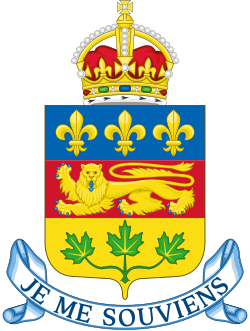This article needs additional citations for verification .(February 2024) |
| History of Quebec |
|---|
 |
| Timeline |
| Territory of Quebec |
|
| Topics |
This section of the Timeline of Quebec history concerns the events between the foundation of Quebec and establishment of the Sovereign Council.